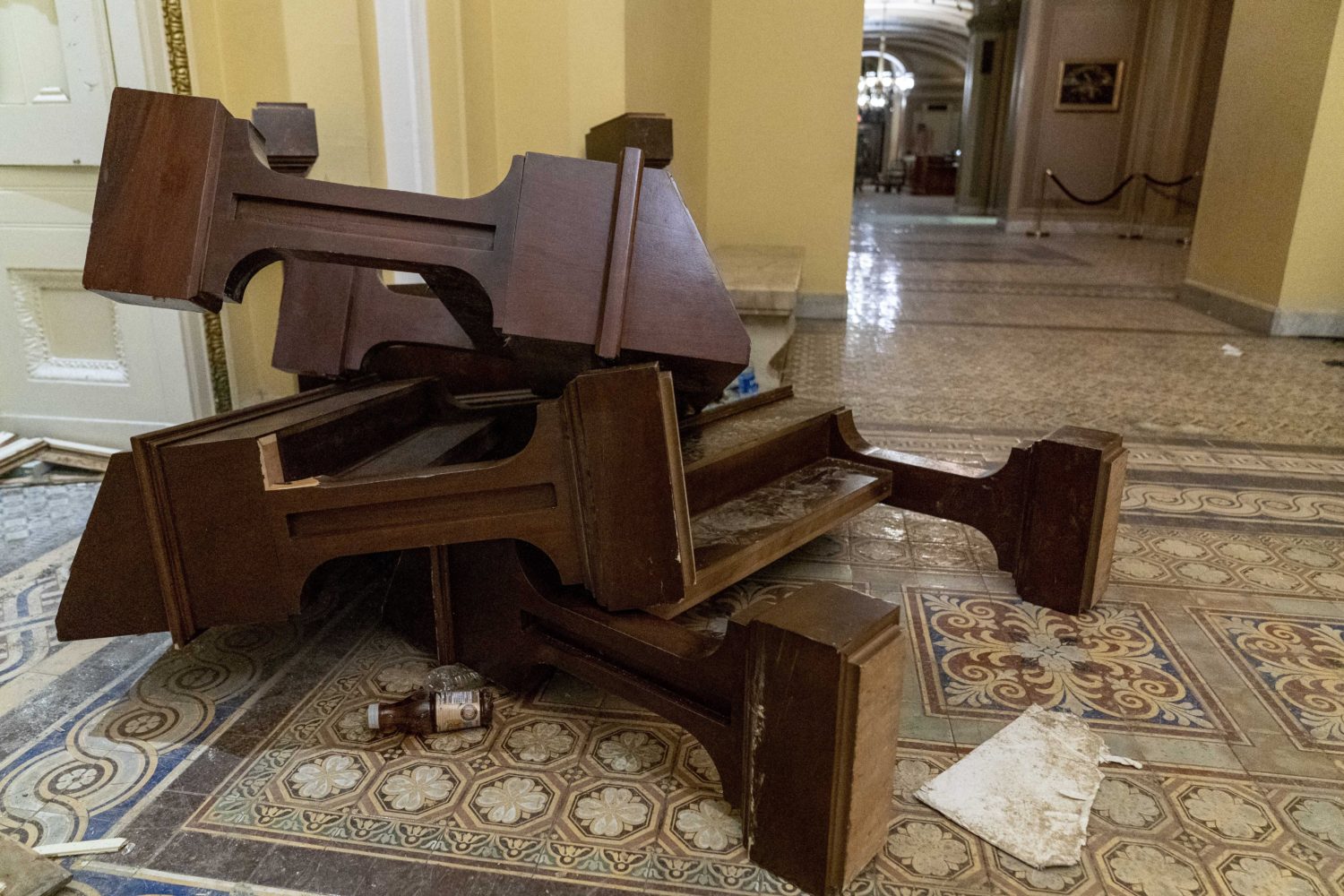Yesterday, as I gathered a Twitter list of journalists in D.C. and messaged with a friend on the ground covering the story and saw images of a noose made by a destroyed camera cable, I kept thinking about a 26-year-old reporter in Tallahassee.
CD Davidson-Hiers is an education reporter for the Tallahassee Democrat. She spent the last week helping seniors navigate the bungled coronavirus vaccine sign-up. She called everyone who called her back. She returned texts and emails and walked people in her community through the process.
As we talked on Tuesday, I asked if there was anything else she wanted me to know.
Yes, she said. The spotlight was on her, but she learned how to care for her community from her colleagues, who’ve worked together to cover the pandemic and protests and everything else that happens in their city.
It’s not just her, Davidson-Hiers told me.
She’s right.
Today, I want to remind you that right now, as D.C. gets cleaned up and politicians point fingers and our neighbors around the world look on in disbelief, journalists around the country are doing their damn jobs.
You might be one of them.
Thank you.
Here are a few more.
When Enrique Limón lost his job as editor of Salt Lake’s alt-weekly, he took his iPhone 6 and used social media to cover at least 30 protests.
After serving in the U.S. Navy and launching a freelance career, Zack Baddorf created Military Veterans in Journalism, a group that’s working to help bring more veterans into the media.
Daralene Jones, an anchor at WFTV in Orlando, led a team that devoted months to telling the story of the Ocoee race massacre that happened there 100 years before, and making sure descendants of Black families who were there told their own stories.
While covering wildfires in Oregon, Oregonian photojournalist Beth Nakamura captured a surreal moment of hope with superheroes and fairytale characters cheering up children.
Greg Moore lost his job at the (Charleston, West Virginia) Gazette-Mail and his colleagues Ken Ward Jr. and Eric Eyre soon followed him and launched a newsroom to give that state the investigative journalism it deserves.
Journalists in Cedar Rapids, Iowa, worked through a derecho, loss of power and lack of national interest to tell people what happened there in August.
As civil rights protests spread around the country and took place in Tulsa, the newsroom of the Tulsa World brought the critical context of the past by telling the story of Tulsa’s 99-year-old race massacre.
And it’s not just professional journalists.
When the librarian who created and ran a local newspaper died, community members volunteered to step in and keep it running.
And in New York’s Westchester County, a retired journalist guides middle schoolers and high schoolers in covering their community.
This isn’t meant to be counterprogramming or a note of optimism or even a rally to keep going. I’m not sure I have that in me today.
It is a reminder of the work we do, the way we do it and the reason why.
Editor’s note: A version of this originally ran in Local Edition, our weekly newsletter on the people and work of local news.







